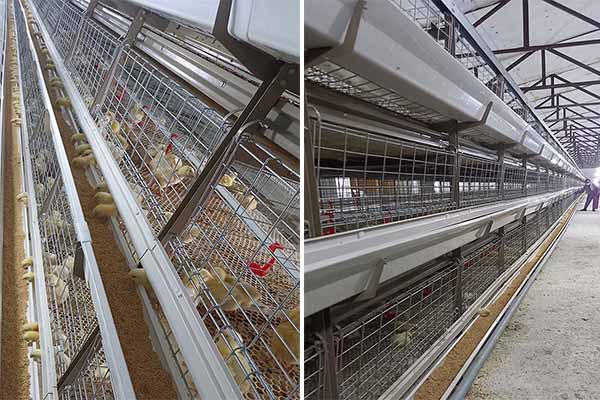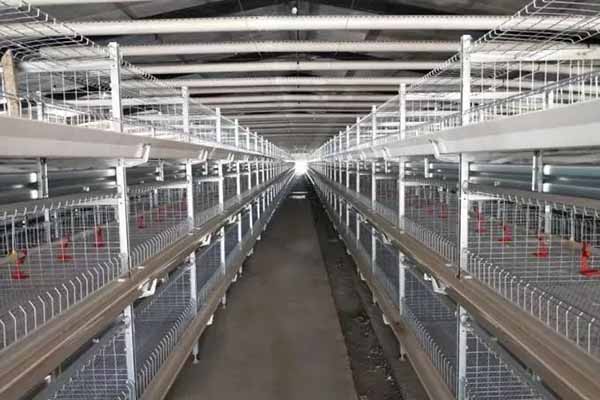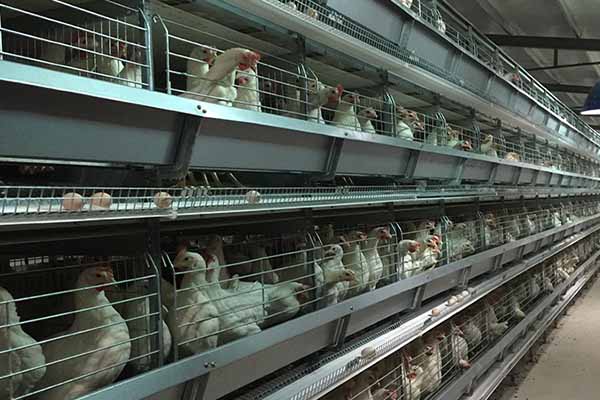Layer Chicken Cages for 480,000 Chickens in Uganda: A Comprehensive Guide
Introduction to Layer Chicken Cages
Raising chickens for egg production is a profitable venture in Uganda, particularly with the increasing demand for poultry products. To accommodate a large-scale operation like 480,000 chickens, the use of layer chicken cages is essential. These cages not only ensure efficient space utilization but also contribute to the health and productivity of the flock.
Layer chicken cages are designed to maximize the welfare of chickens, providing a comfortable and hygienic environment. With the right setup, you can achieve a high yield of eggs while minimizing the risk of disease and injury.

Designing Cages for 480,000 Chickens
- Space Allocation: Each chicken requires approximately 0.25 square meters of space. Therefore, for 480,000 chickens, you’ll need around 120,000 square meters of cage space.
- Number of Cages: Divide the total cage space by the available space per cage. For instance, with 12-meter-wide and 4-meter-long cages, you can fit around 50 chickens per cage.
- Material Quality: Opt for sturdy steel frames with wire mesh or metal bars. The cage structure should be able to withstand the weight of the chickens and the stress of daily use.
- Ventilation and Light: Proper ventilation and lighting are crucial for the health of the chickens. Include ventilation panels and ensure that the cages are positioned to receive natural sunlight.
- Flooring and Bedding: Use a solid floor for better waste management. Ensure that the floor is well-drained and covered with a clean, absorbent bedding material like straw or wood shavings.
| Parameters | Recommended Values |
|---|---|
| Cage Width | 12 meters |
| Cage Length | 4 meters |
| Cage Height | 2 meters |
| Chickens per Cage | 50 |
| Total Cages Required | 9,600 |
Benefits of Layer Chicken Cages
- Enhanced Egg Quality: Properly designed cages contribute to the overall health and welfare of chickens, leading to better-quality eggs.
- Reduced Disease Risk: Layer chicken cages facilitate easy cleaning and disinfection, minimizing the risk of disease outbreaks.
- Cost Efficiency: High-density cage systems can reduce feed conversion ratios and labor costs, leading to higher profitability.
- Environmental Friendliness: By minimizing the amount of land required, layer chicken cages are more environmentally friendly compared to free-range systems.
Conclusion
Implementing a large-scale layer chicken cage system for 480,000 chickens in Uganda requires careful planning and consideration of various factors. By choosing the right design, materials, and ventilation systems, you can create an optimal environment for your chickens and enjoy the benefits of a profitable poultry operation.
Contact us for a free, professional design and equipment quotation for your layer chicken cage system. Let our experts help you achieve s uccess in the poultry industry!
uccess in the poultry industry!

, , , ,




